François Linke
Un raro buffet de la Belle Epoque con parquetería montada en bronce dorado
POA
A Rare Belle Epoque Gilt-Bronze Mounted Parquetry Inlaid Grand Buffet, By François Linke, The Mounts Designed by Léon Messagé. Signed to the right...
Dimensiones
Altura: 226 cm (89 in)Width: 262 cm (104 in)
Depth: 79 cm (32 in)
Weight: 544 kg
Descripción
A Rare Belle Epoque Gilt-Bronze Mounted Parquetry Inlaid Grand Buffet, By François Linke, The Mounts Designed by Léon Messagé.
Signed to the right corner clasp ‘Linke’
The enamel clock dial with Roman numerals and Signed ‘F Linke A PARIS’.
The lockplate stamped ‘Ct Linke Serrurerie Paris’ and with the index number ‘2184’.
One of the rarest and most impressive of Linke’s creations this magnificent buffet cabinet is recorded as a pièce unique. Made to the exacting standards of François Linke’s production as the most prized ébéniste of the Belle Epoque, and dating to the height of his creative powers, this cabinet is a glorious flourishing of the Ebènisterie d’Art.
The ambition of the design, which is executed on grand proportions, the abundance of gilt-bronze sculptural mounts and radiating sunray Bois de Violette veneers, make it a definitive example from Linke’s great exhibition period when he was awarded a medaille d’or at the Paris Exposition Universelle in 1900.
The superstructure of the gallery has a sweeping serpentine shape terminating in scrolled rocaille twin-light candelabra. At the centre rises an integral clock case surmounted by cherubs holding floral garlands. The putti are floating on clouds above the clock face and their foliate trails symbolize the dawning of a new day. The top of the cabinet is a monumental slab of brèche violette marble with a moulded edge and shaped around the cabinet structure whereby the central drawer and cupboard doors protrude forward from the flanking cupboards. The doors are fronted with cuivre doré frames and the whole is replete with a wealth of rocaille ornament culminating in Linke’s idiosyncratic shell mount. The angles have large shell-shaped mounts, the right clasp is clearly signed ‘Linke’.
Christopher Payne illustrates the buffet in François Linke’s showrooms at 170 Faubourg Sainte Antoine. Payne records that it is a pièce unique made for Mme. Brodsky in 1911. The brèche violette marble top was repolished by Linke’s workshops in 1929.
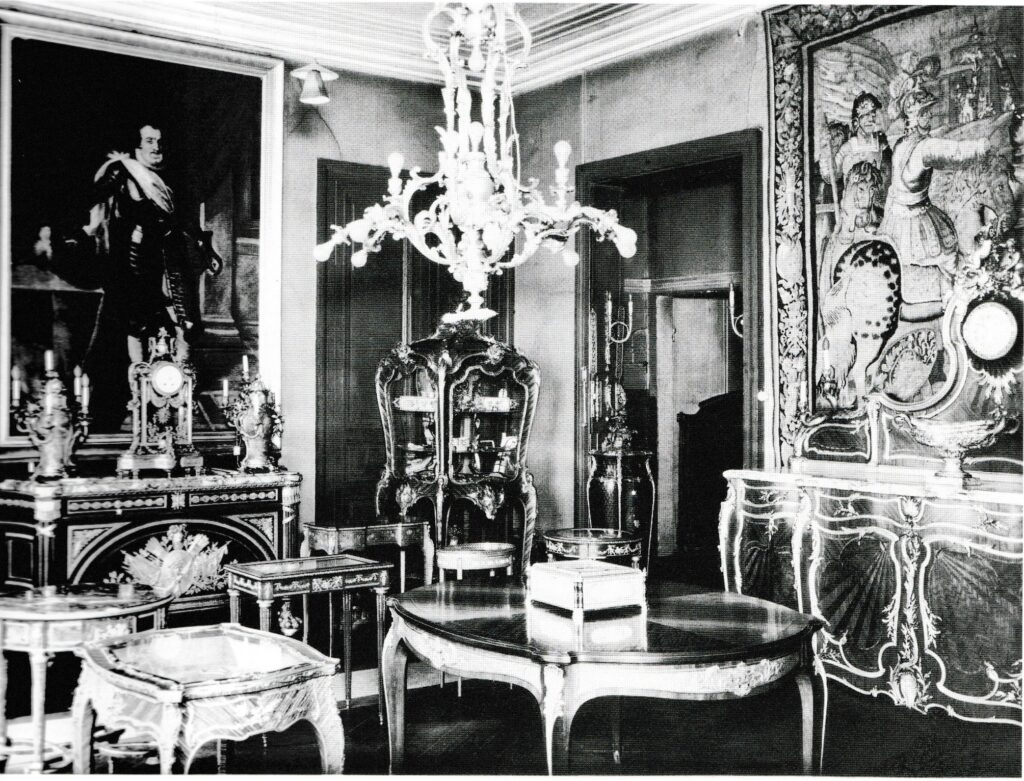
François Linke’s showrooms at 170 Faubourg Saint Antoine showing the present buffet. Christopher Payne records that it is a pièce unique made for Mme. Brodsky in 1911. The brèche violette marble top was repolished by Linke’s workshops in 1929 (Courtesy Christopher Payne/Linke Archive).
Mme. Brodsky
The Linke archive records that this buffet was a pièce unique made for a Mme. Brodsky in 1911. It can be speculated this this refers to the wife or daughter of Lazar Brodsky who was a Russian Imperial businessman of Jewish origin. Known as the “Sugar King of Kiev” Lazar Brodsky was born in 1848 in Zlatopol, modern day Ukraine in the family of Jewish entrepreneur Israel Brodsky. Together with his brother, Lazar Brodsky inherited their father’s sugar production and as head of Alexandria Society of Sugar Mills controlled a quarter of the total sugar production in the Russian Empire. Brodsky went on to develop commercial interests including in the Kyiv water board, tramlines, flour mills and steamships and was as a member of the St. Petersburg International Commercial Bank. Brodsky was widely known as a philanthropist and used his wealth to finance schools, the Jewish hospital in Kyiv and the construction of the biggest synagogue in Kyiv, which was built on the family estate and later named after him. His business and charitable works were recognised by his being awarded the Order of St. Vladimir.
In 1900, at the Universal Exhibition in Paris, Brodsky received the French Legion of Honour for the high quality of the goods produced at his plants. It is possible that he visited Linke’s award winning stand at the 1900 Exhibition and ordered this buffet. Lazar Brodsky died somewhat unexpectedly in 1904, with four daughters but no sons. After his death, his brother Lev inherited the dynasty. Following the Russian revolution, Lev emigrated to Paris in 1918. Perhaps this buffet was never delivered or bought back – the Linke archives record that the the brèche violette marble top being repolished by Linke’s workshops in 1929.
France, Circa 1910.
Léon Messagé
Léon Messagé (1842-1901) had a brilliant, but short lived career. He is best known for his incredible sculptural collaboration with François Linke for the 1900 Paris Exposition Universelle. A gifted sculptor, Messagé was also responsible for much of the design and creative work for Roux et Brunet and Joseph-Emmanuel Zwiener.
Messagé enjoyed great success as a designer/sculptor before his collaboration with Linke. Indeed he was mentioned as a gold medal winner at the 1889 International Exhibition and was especially praised for his work on a cabinet by Zwiener. He came into contact with Linke in 1885 and it appears from then on Linke employed him on a regular basis.
Messagé was primarily influenced by rococo ornament but he strove to re-interpret it. He did not produce slavish copies, and his original approach can be appreciated in Linke’s celebrated Grande Bibliothèque and Grand Bureau exhibited at the 1900 Paris Exposition Universelle. A number of drawings by Messagé are recorded and after his success at the exhibition of 1889 he was encouraged to publish his designs.
‘Cahier de dessins & croquis, style Louis XV: bronzes, orfèvrerie, décoration, meubles’ was first published by the sculptor himself, from his Paris address of 40 rue Sedaine. There were five sections with an elaborate title page surmounted by the sculptor’s cipher or talisman of a wing, a pun on his own name as the messenger to the Gods, a motif he used many times on the handles of furniture designed for Linke.
As a sculptor Messagé was trained to produce a wax maquette or model prior to working on a piece. It is especially interesting that his maquettes were of the piece of furniture in its entirety, a rare and exacting task occasionally seen for eighteenth century French Royal commissions. For Messagé it was not just a matter of producing decorative mounts; the piece was conceived as sculpture, bronze, timber and marquetry as one.
Fecha
Alrededor de 1910
Origen
Francia
Medio
Gilt-Bronze and Mahogany
Firma
Signed Right Hand Corner Mount 'F Linke'. The Clock Dial Also Signed 'F Linke'. The lockplate Stamped 'Ct Linke Serrurerie Paris 2184'.
François Linke (1855 - 1946) fue el ebanista parisino más importante de finales del siglo XIX y principios del XX, y posiblemente el más cotizado de su época.
Nació en 1855 en el pequeño pueblo de Pankraz, en la actual República Checa. Los registros indican que Linke realizó un aprendizaje con el maestro ebanista Neumann, y que en 1875, a la edad de 20 años, llegó a París, donde vivió hasta su muerte en 1946.
Se sabe que los incipientes talleres de Linke estaban activos en París, en el Faubourg St. Antoine, ya en 1881, y durante esta época suministraba muebles a otros fabricantes más establecidos, como Jansen y Krieger.
La calidad de la artesanía de Linke no fue superada por ninguno de sus contemporáneos y alcanzó su punto álgido con su espectacular stand en la Exposición Universal de París de 1900, donde su Grand Bureau se llevó la medalla de oro. Apostó su fortuna y su reputación en este stand, exponiendo varios muebles impresionantes con montajes escultóricos de la más excepcional calidad y proporción. Su apuesta funcionó y su reputación se consolidó hasta el punto de que Linke siguió siendo la casa de muebles más importante de París hasta la Segunda Guerra Mundial.
Como informó el Art Journal en 1900 sobre el stand de Linke
La obra del Sr. Linke... fue un ejemplo de lo que se puede hacer buscando la inspiración entre los ejemplos clásicos de Luis XV y XVI sin copiar en gran medida estas grandes obras. La obra de M. Linke era original en el verdadero sentido de la palabra, y como tal se recomendaba al buscador inteligente de las cosas realmente artísticas de la Exposición. Se empleó un maravilloso talento en la realización de los magníficos muebles expuestos....'
La formación del estilo distintivo de Linke fue posible gracias a su colaboración con el escultor Léon Messagé. Juntos, Linke y Messagé diseñaron muebles para el stand de Linke en la exposición de 1900, con exuberantes figuras alegóricas fundidas en altorrelieve, que ejemplificaban la capacidad de Linke para fusionar a la perfección los diferentes medios de la talla en madera, el bronce y la marquetería en un todo dinámico y unificado.
En la actualidad, Linke es más conocido por la excepcional calidad de su trabajo, así como por su individualismo e inventiva. Toda su obra tiene los montajes más finos y lujosos, aplicados muy a menudo a carcasas comparativamente sencillas. La brillantez técnica de su obra y el cambio artístico que representó nunca se repitieron.
Bibliografía:
Payne, Christopher. François Linke, (1855 - 1946), The Belle Époque of French Furniture, Antique Collectors' Club, (Woodbridge, UK), 2003.
Meyer, Jonathan. Great Exhibitions - London, New York, Paris, Philadelphia, 1851-1900, Antique Collectors' Club, (Woodbridge, UK), 2006; pp. 298 - 300.
Ledoux - Lebard, Denise. Les Ébénistes du XIXe siècle, Les Editions de l'Amateur, (París), 1984; pp. 439-43.
Revue Artistique & Industrielle, (París), julio-agosto de 1900.
Coral Thomsen, D. (ed), The Paris Exhibition 1900, The Art Journal, 1901; p.341.
Pièce unique made for a Mme. Brodsky in 1911.
Collection of Mr. and Mrs. William Myron Keck of Owlwood Estate, Beverly Hills, CA.
Payne, Christopher. François Linke, (1855 – 1946), The Belle Époque of French Furniture, Antique Collectors’ Club, (Woodbridge, UK), 2003. pp. 71-95, 463 (pl. 552).
Payne, Christopher. François Linke, 1855 – 1946, The Belle Époque of French Furniture, Antique Collectors’ Club, (Woodbridge, UK), 2003; pp. 71-95.
Mestdagh, Camille & Lécoules, Pierre. L’Ameublement d’art français: 1850-1900, Les Editions de l’Amateur, (Paris), 2010; pp. 173-176.
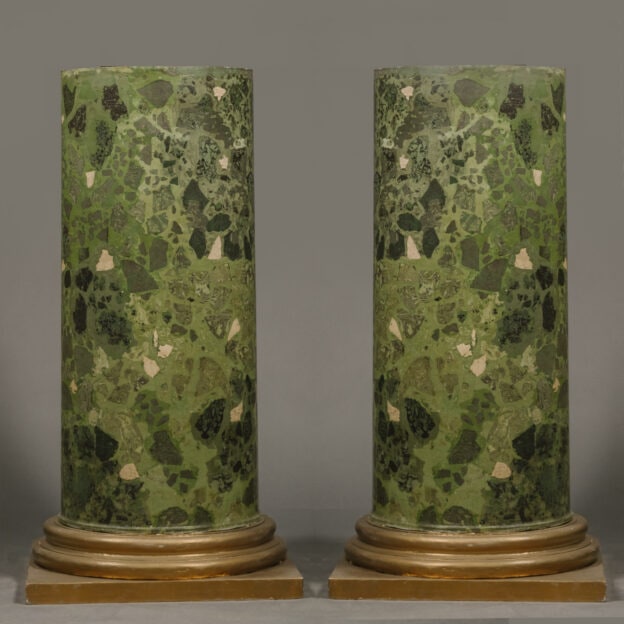




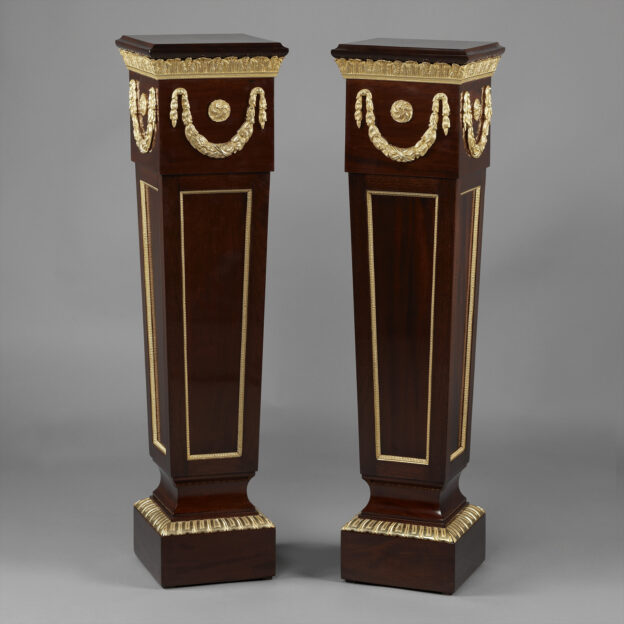
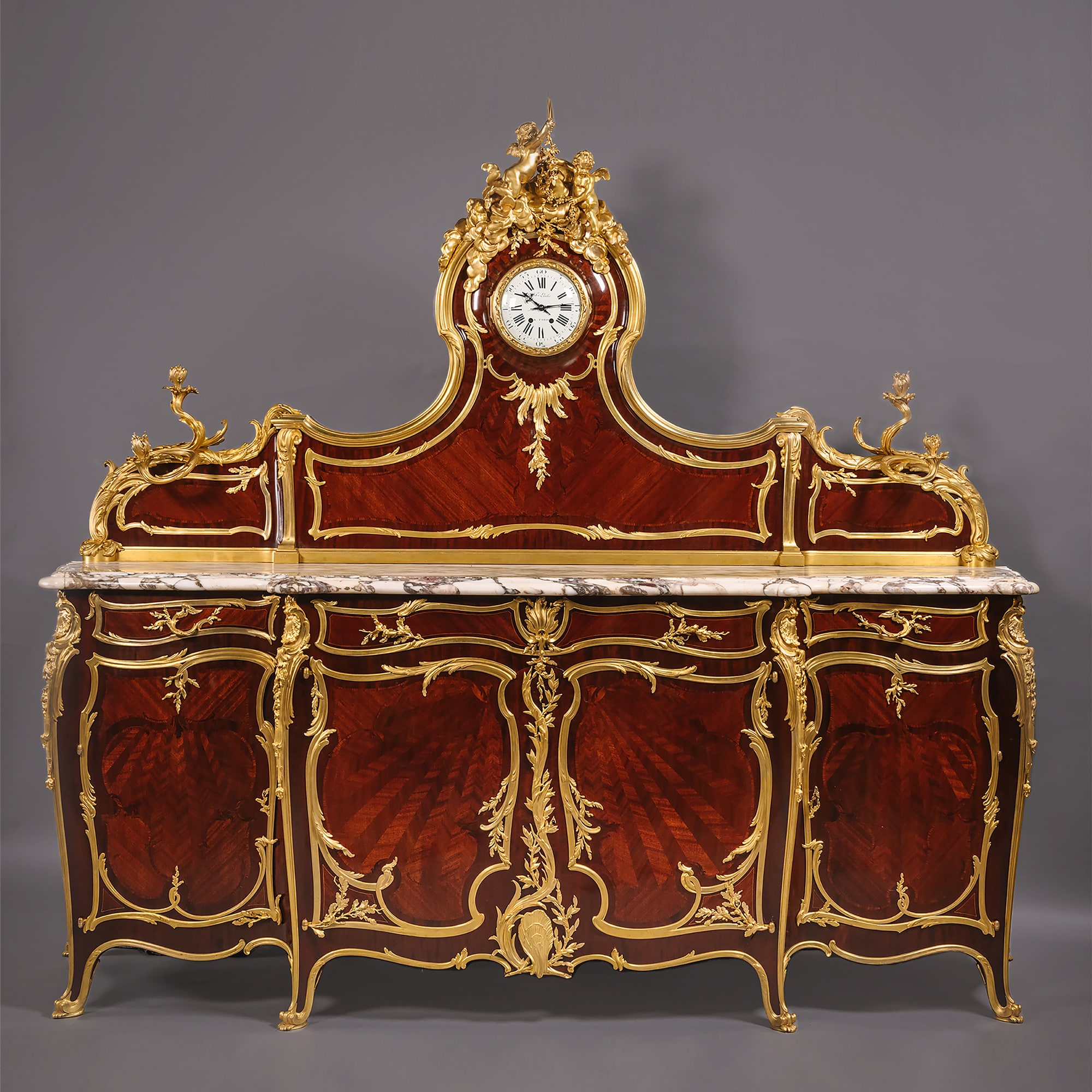
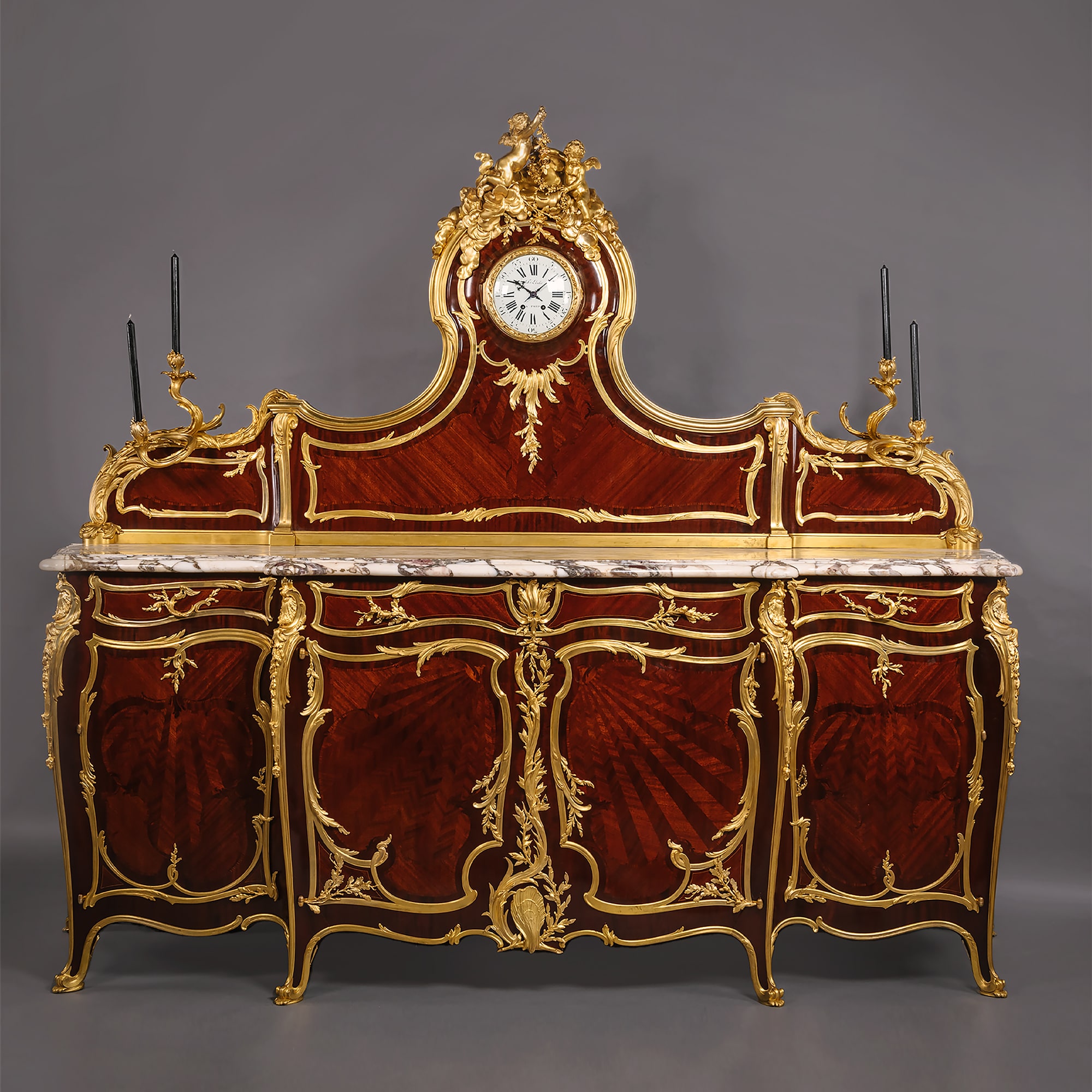

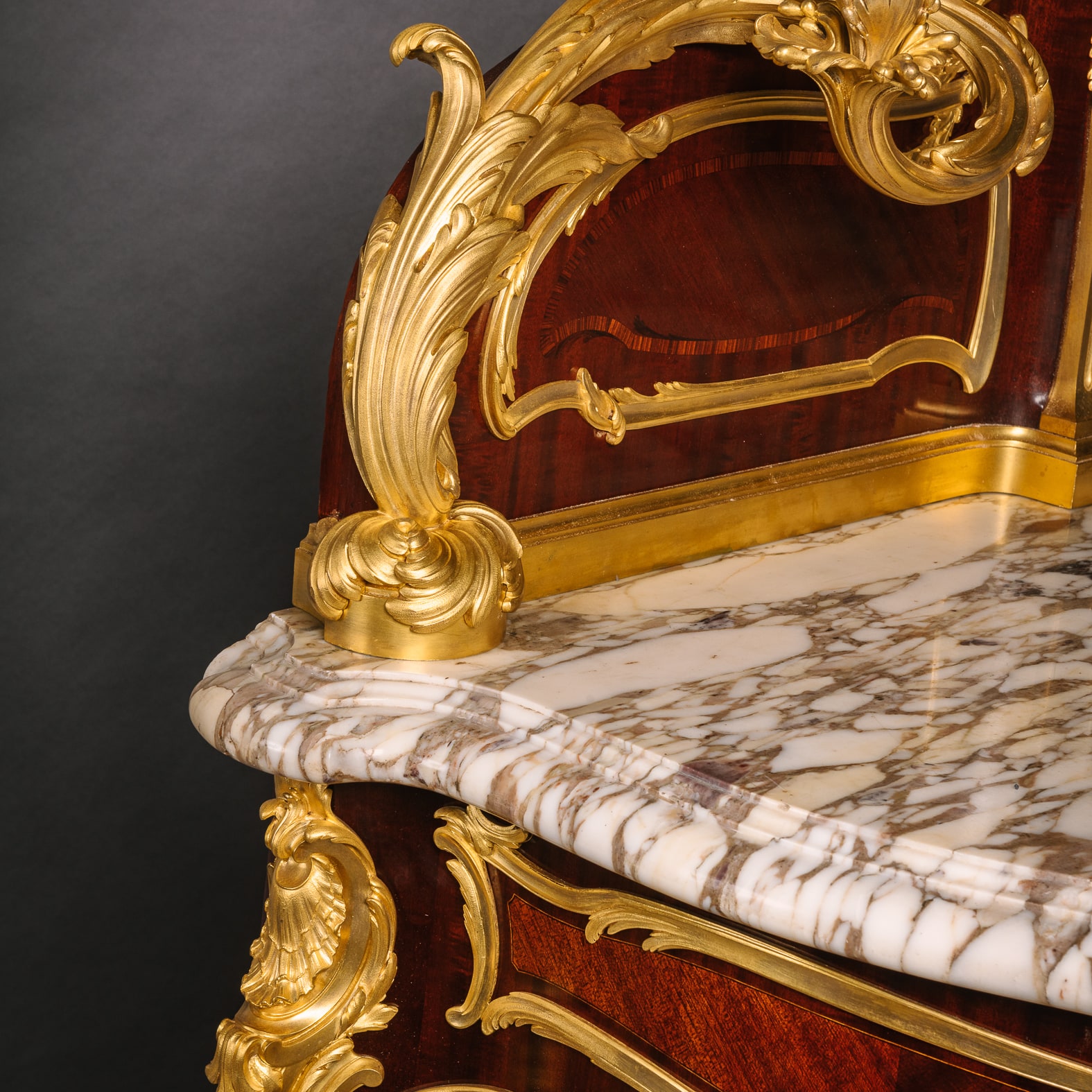

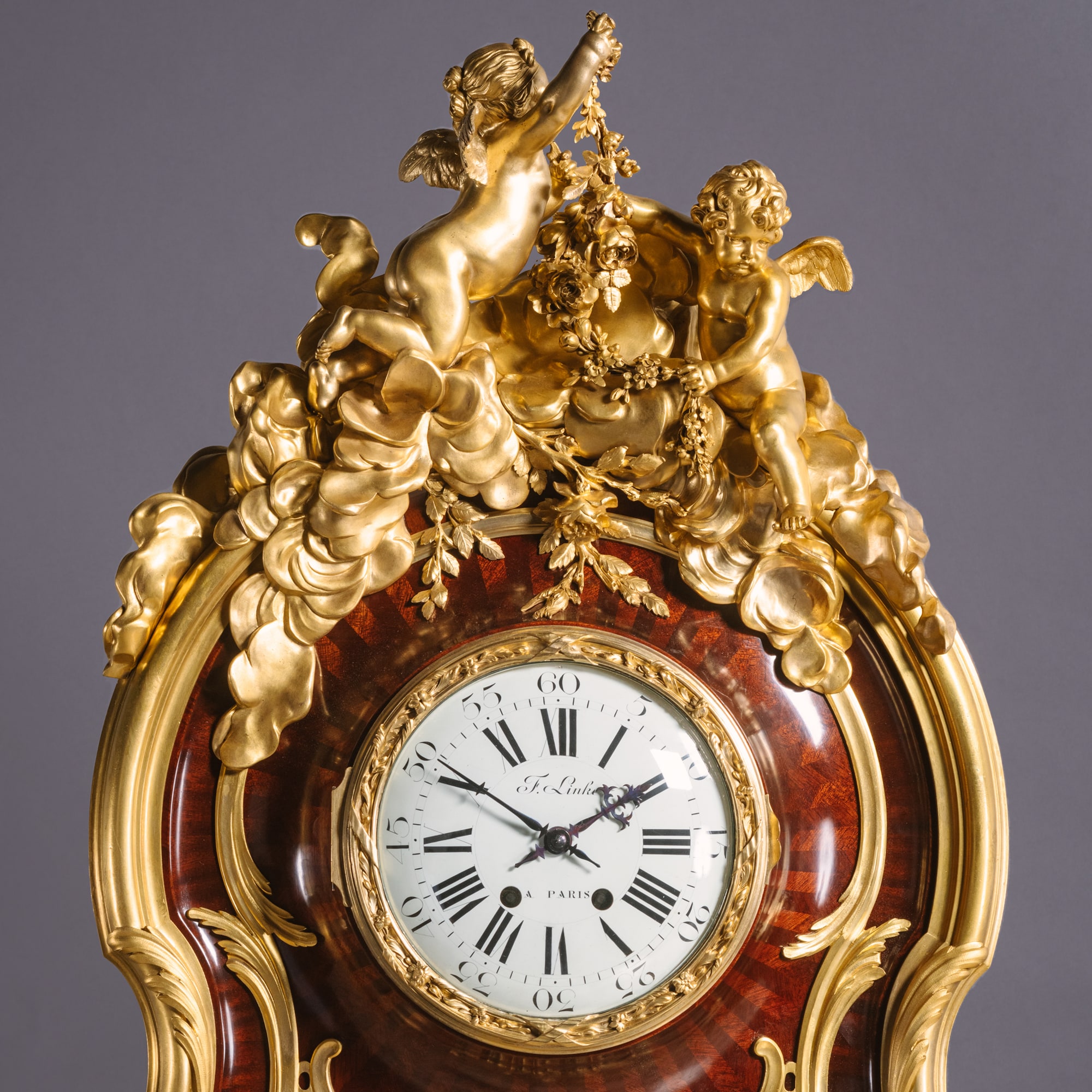

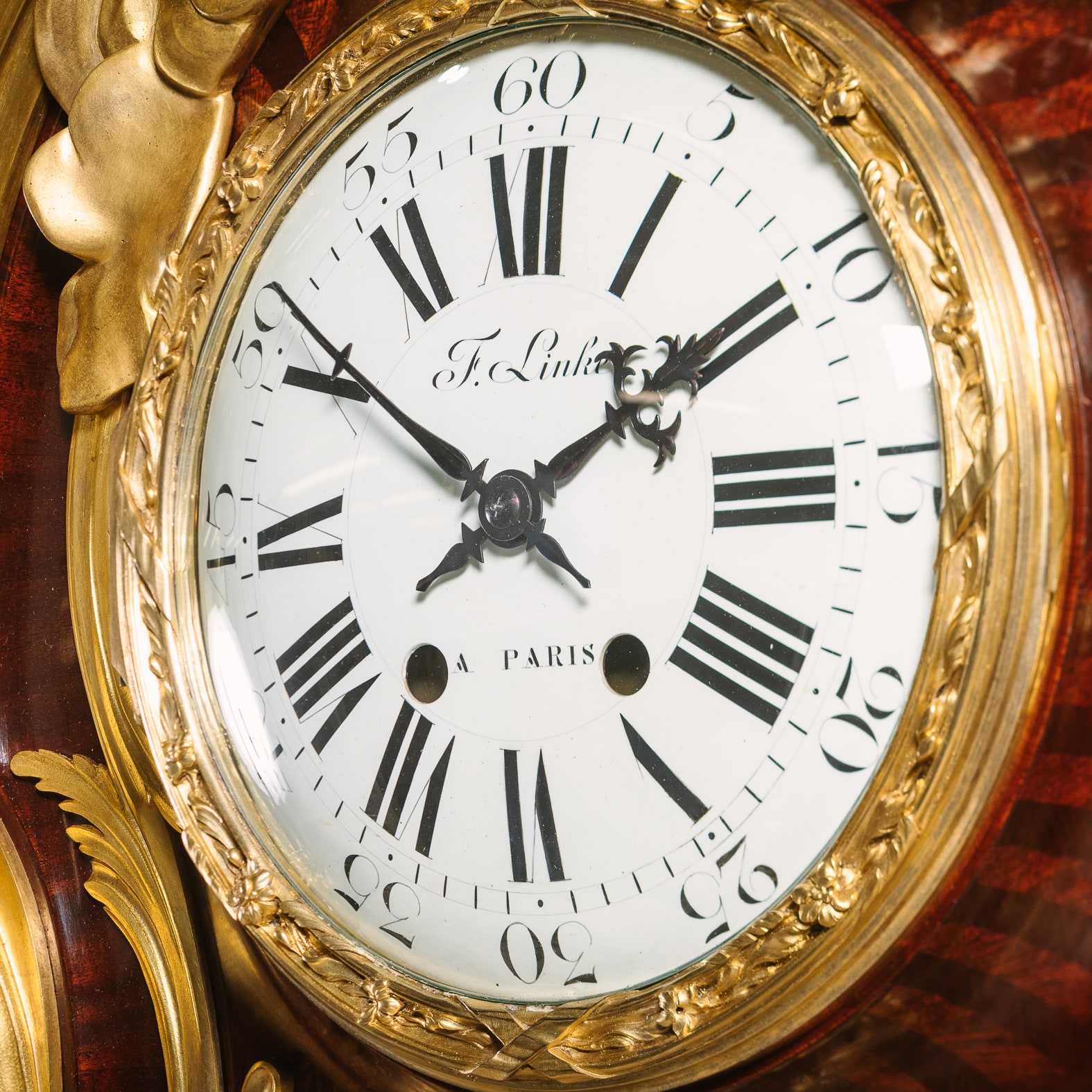
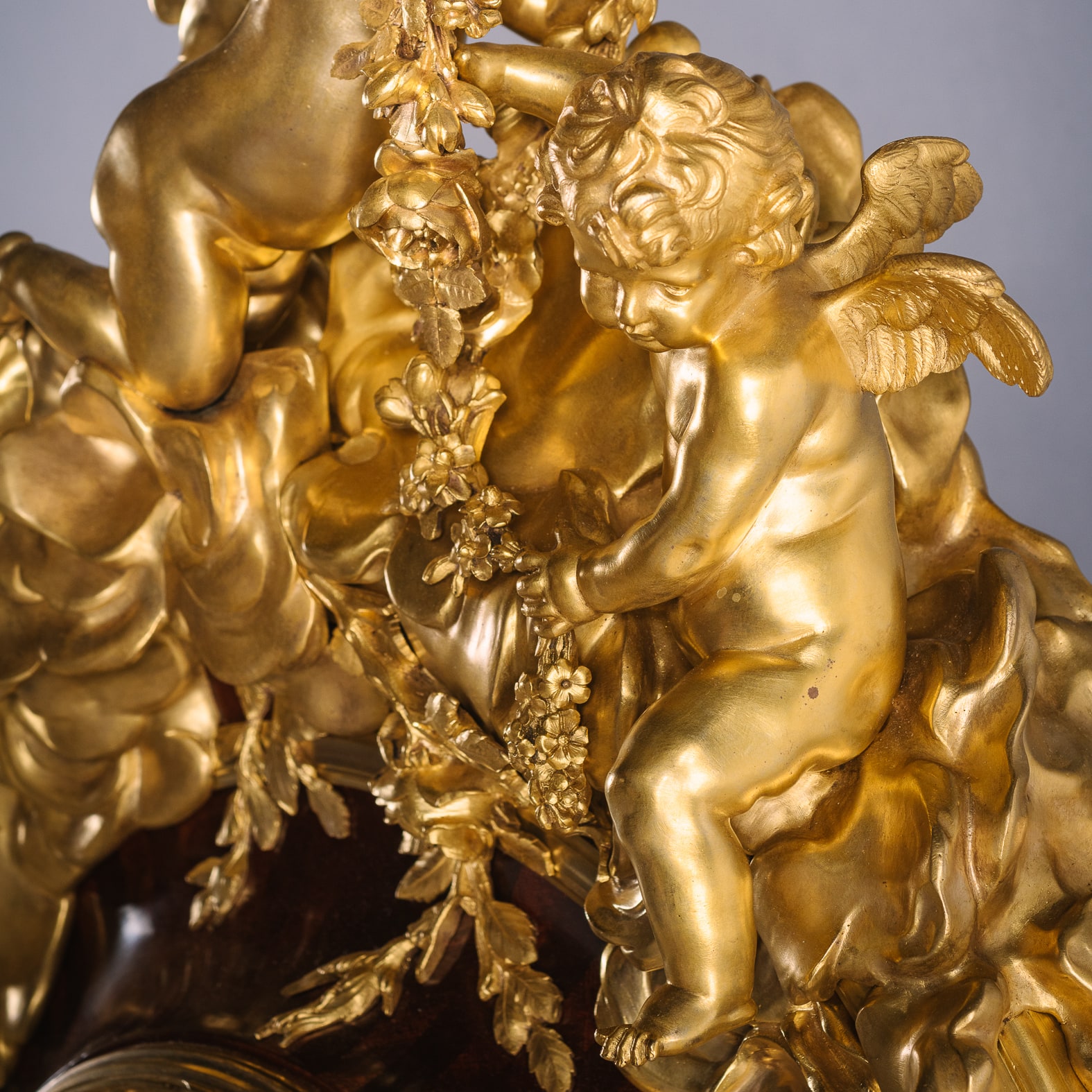
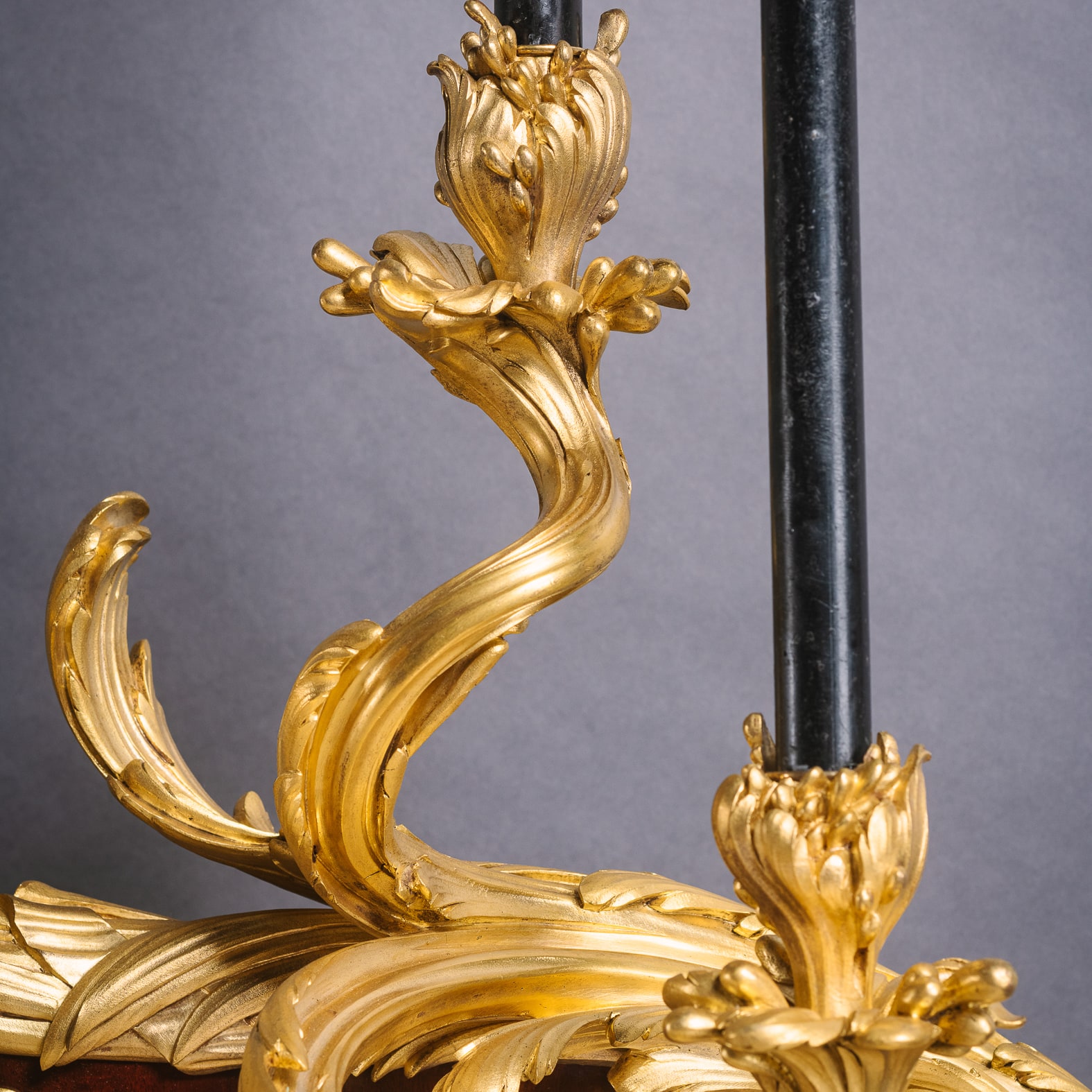

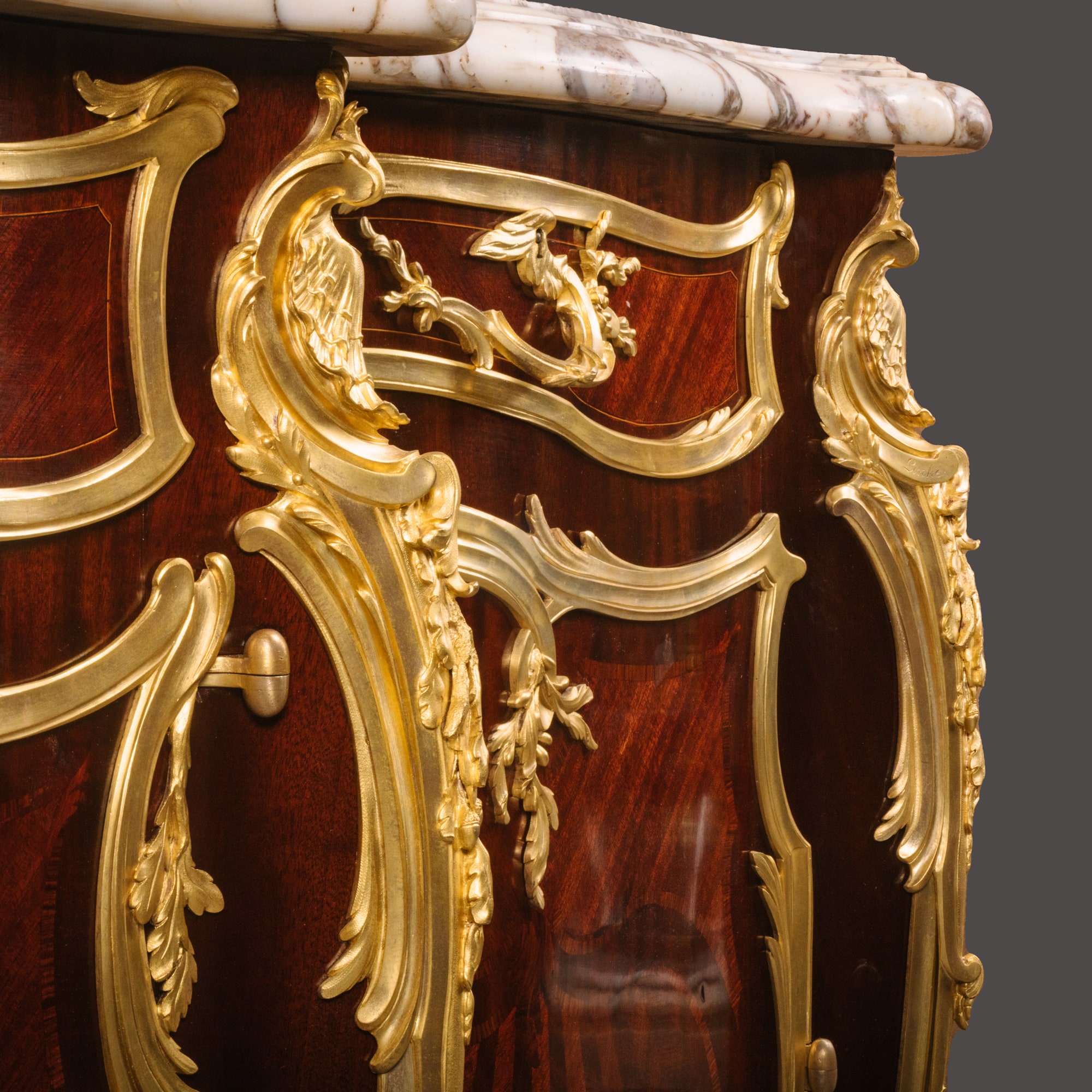

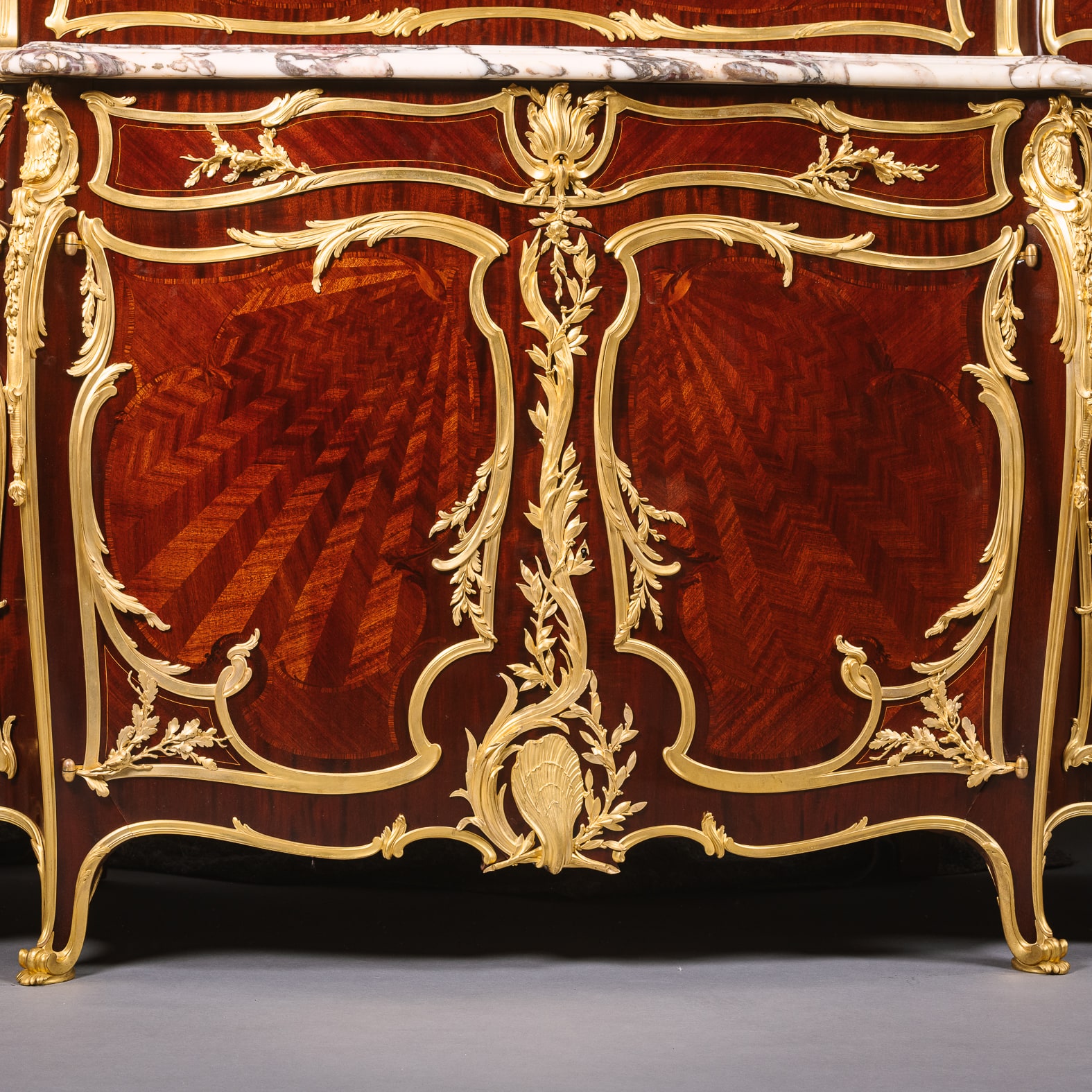

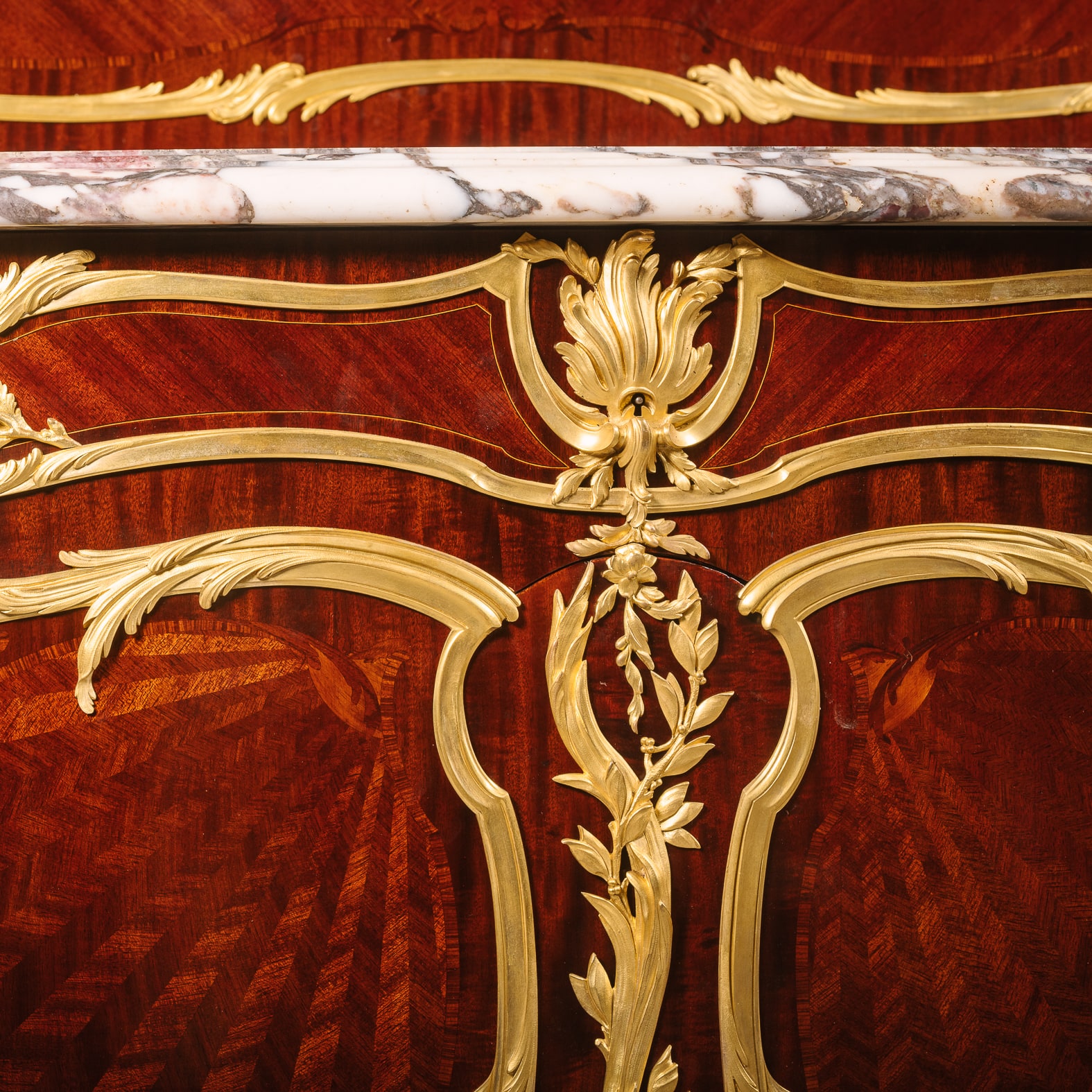
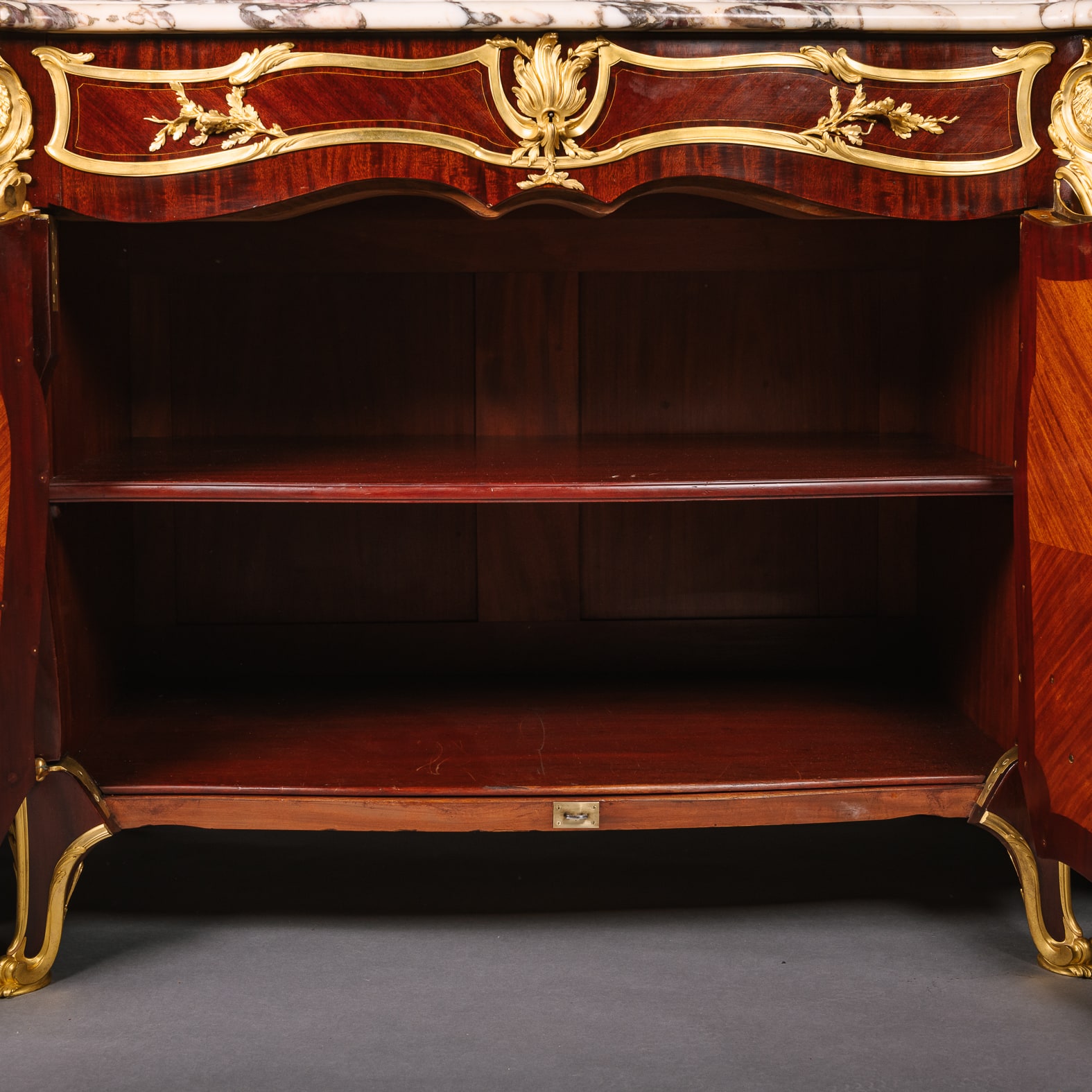

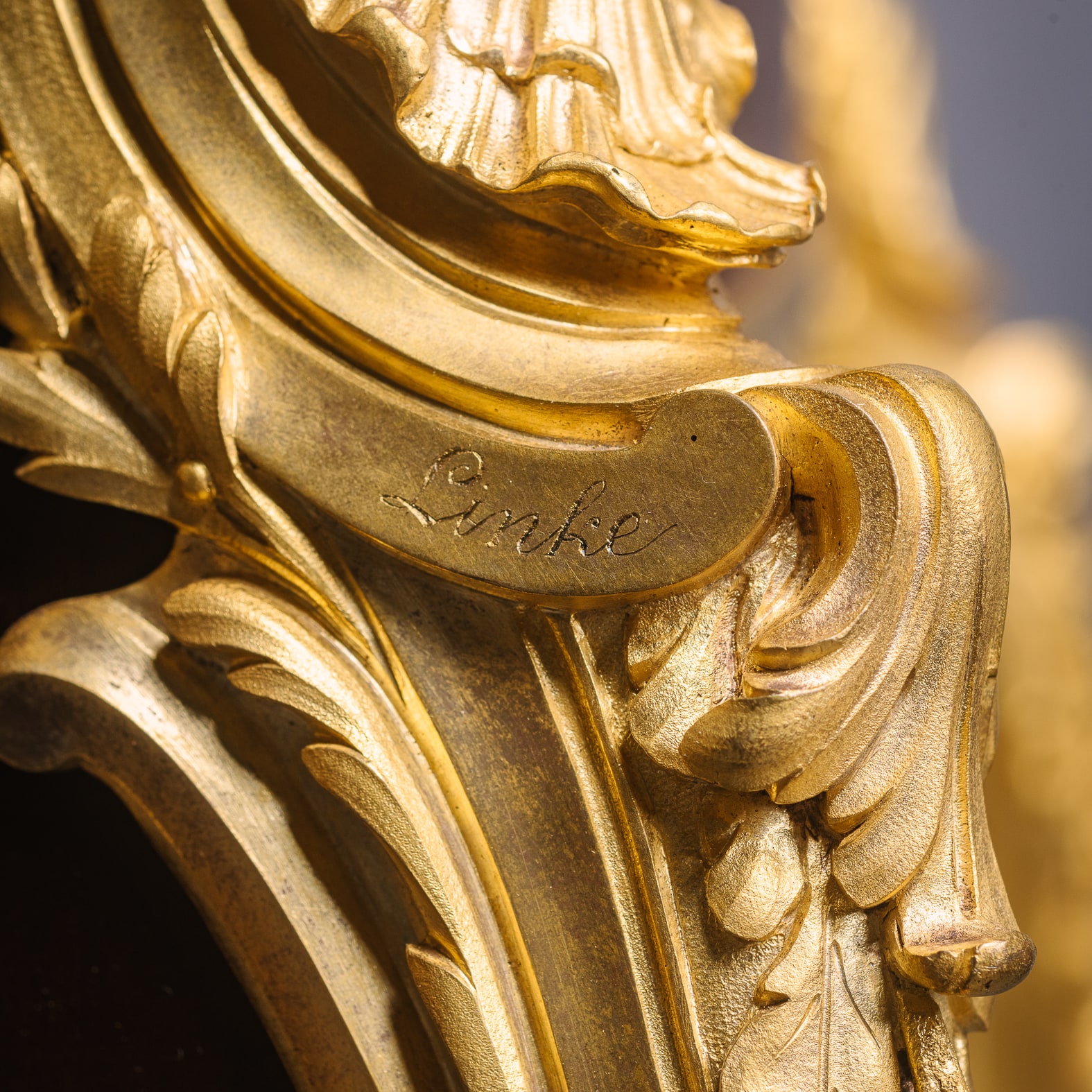
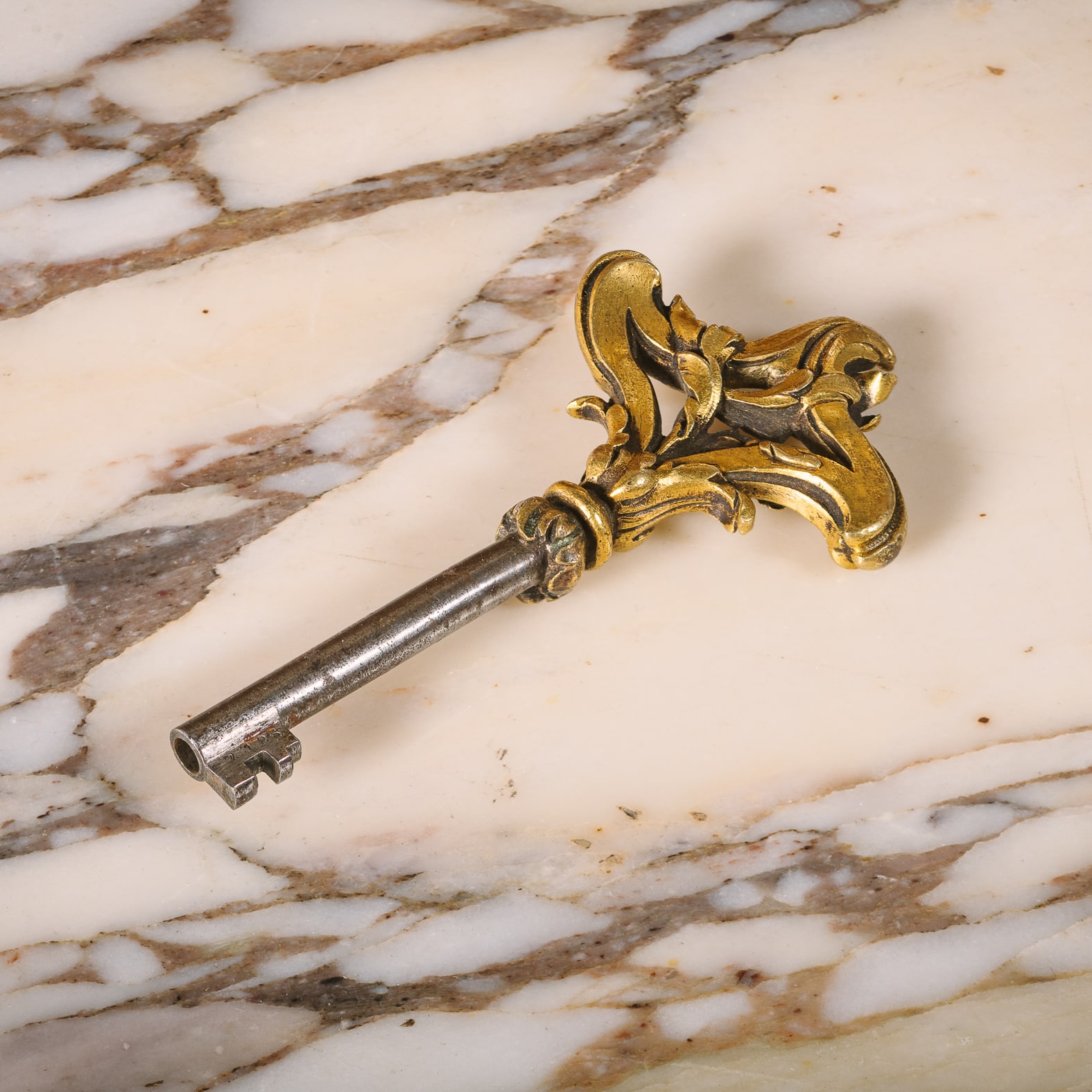
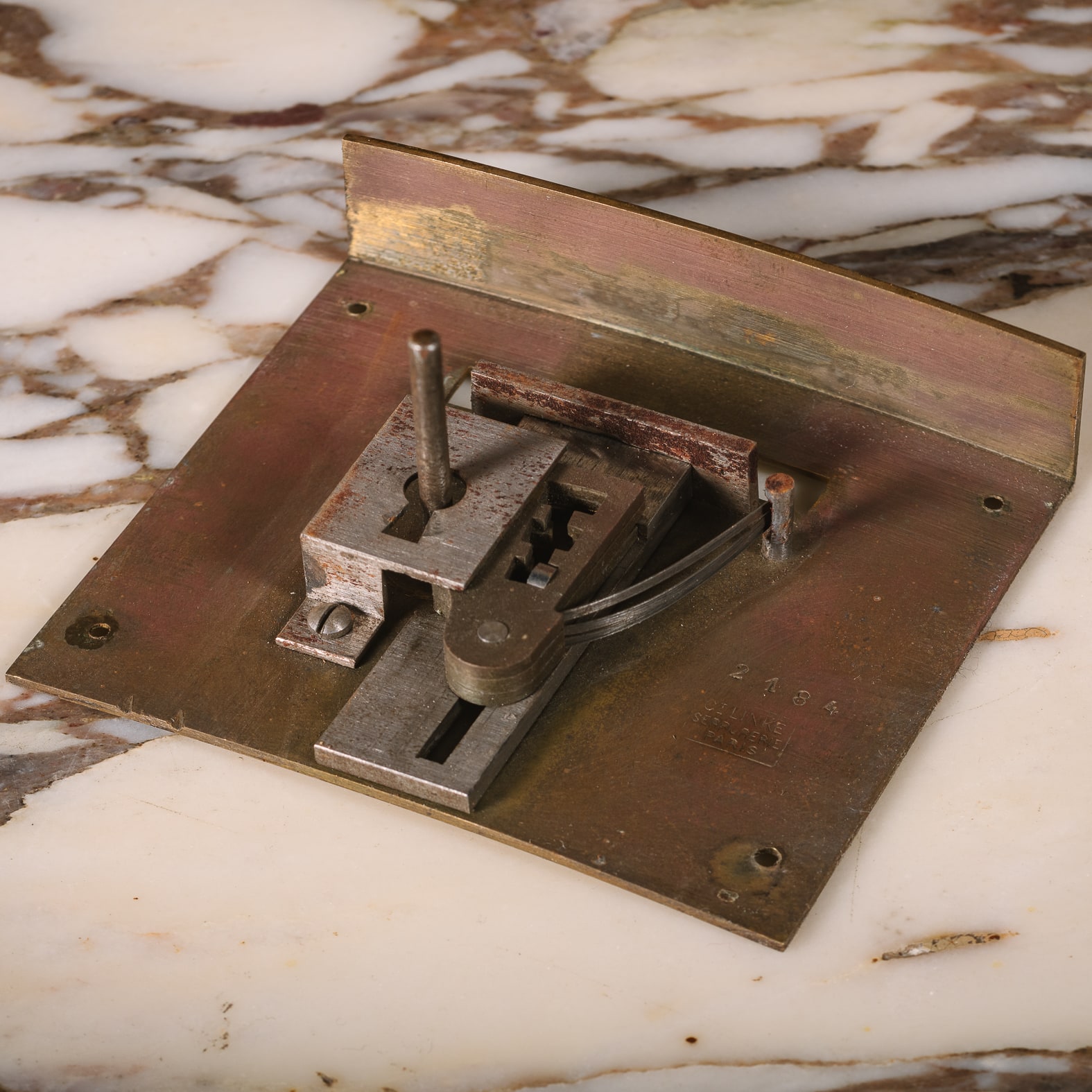


 Imprimir
Imprimir